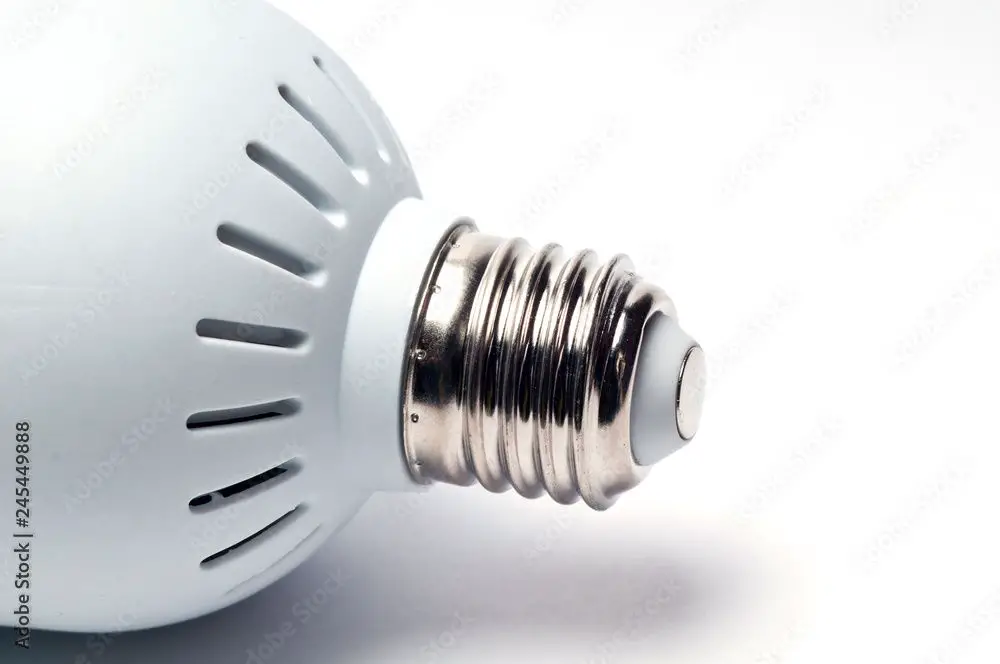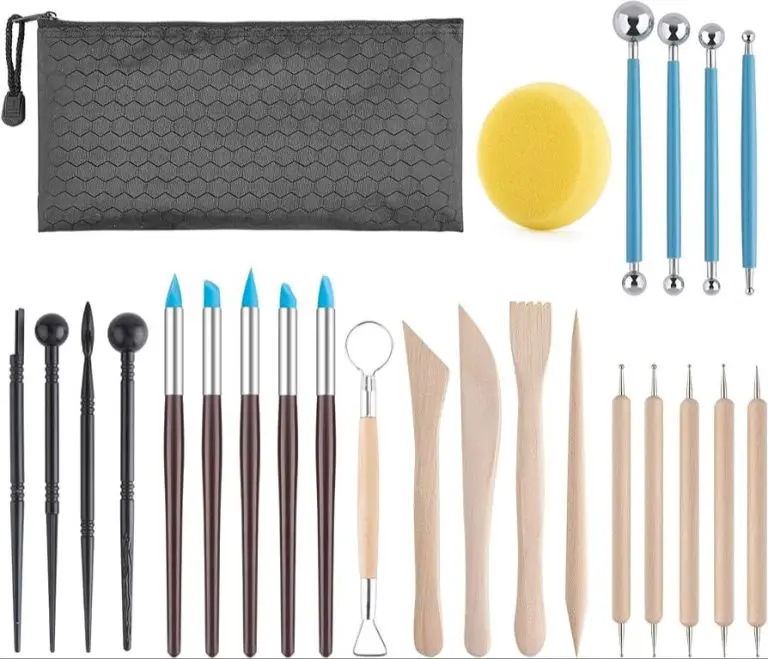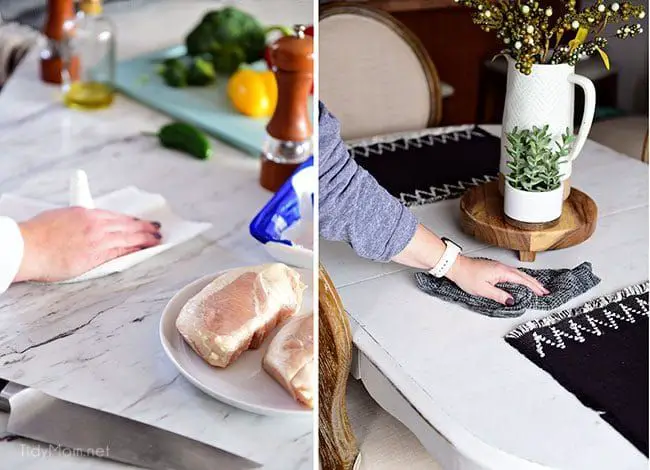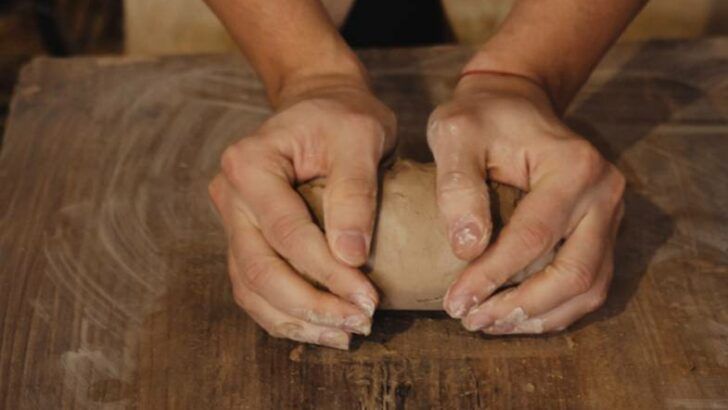Where Is My Lamp Parts Located?
1. Introduction
This article will provide helpful information on locating replacement parts for lamps. Whether you need to replace a broken lampshade, a worn-out lamp cord, or any other lamp component, knowing where to look to find the right part is key. With the tips provided here, you’ll be able to easily track down the specific lamp parts you need to get your lighting fixture back into working order.
Check the Lamp Base
The lamp base is the bottom part that screws into the lamp socket. Bases come in many different sizes, shapes, and codes that indicate the bulb type. Common lamp base sizes include E12, E17, E26, and E27 (https://www.gelighting.com/inform/guide-light-bulb-sizes-types-shapes-and-codes).
Examine your lamp base closely for any manufacturer names, logos, or part numbers etched into the metal or plastic. You may need a magnifying glass. These details can help identify the specific base size and type. Also look for any codes imprinted on the base, such as ‘E26’ which indicates a medium or standard screw base that takes A19 bulbs.
If you’re still unsure about the base type, measure the diameter using a ruler and check a light bulb base chart for the corresponding code.
Knowing the precise base style and size will make finding a replacement bulb easier.

Check the Lamp Shade
The lamp shade is one of the easiest places to look for identifying information about your lamp parts. Many lamp shades have a paper or plastic tag attached to the top or bottom edge with details like the shade’s size, model number, or other specifications. This tag may be hidden inside the seam of the shade, so check thoroughly around the top and bottom edges on the exterior and interior of the shade. Use a small flashlight to peer inside the top opening of the shade – you may find the tag tucked away inside.
According to an article on Pinterest, “How Do I Choose the Right Lamp Shade?”, it’s important when reading the tag to look for specifics like the lamp shade’s shape, size, and recommended bulb wattage in addition to any model numbers [1]. Having all these details will make it easier to find a matching replacement shade either from the original manufacturer or from another company.
If there is no tag, try to measure the height and width of the shade in inches and write it down. Also make note of the material, color, and any other physical details about the shade like pleating or trim that will help you identify a suitable replacement. Take photos of the shade from all angles so you have a visual reference. With enough details, you can bring the information to a lighting store or search online to find the same or a very similar shade to restore your lamp.
Look for Labels
Many lamp parts contain tiny labels with important information. Check the following areas closely for any labels:
- Lamp cords may have a label indicating the wire gauge and maximum wattage.
- Harps (the metal frames that hold the lamp shade) often have a label stating the maximum bulb wattage.
- Lamp finials (decorative caps at the ends of the harp) can also have wattage labels.
Being aware of the lamp’s voltage and wattage capacities is crucial for safety and functionality. Exceeding the labeled wattage could cause the lamp to overheat. Refer to the lamp labels to determine the optimal bulb for your lighting needs. If needed, consider ordering replacement safety labels for any parts that are missing them.
Take Photos
Taking clear, detailed photos of your lamp’s parts can help tremendously when trying to identify or replace them. As the saying goes, a picture is worth a thousand words. Photos allow you to clearly show colors, materials, sizes, shapes, and other distinguishing details.
When photographing lamp parts, make sure to capture multiple angles and any identifying marks, logos, or text. Getting very close-up shots of the lamp hardware, wiring, sockets, switches, etc can be useful. Also photograph any labels or tags still attached to the parts. Good lighting is essential – lamps themselves provide ideal lighting for photographing lamp parts according to experts. Adjust your camera settings manually and turn off the flash for best results (How to Photograph a Lamp, as cited here: https://bermangraphics.com/blog/how-to-photograph-a-lamp/).
With clear, detailed photos you can more easily search for replacement parts online or at lighting stores. The photos provide all the information needed for sales associates to identify and find exactly what you need. Plus you’ll have a handy visual reference for your own searching and shopping.
Measure Parts
An important step in locating replacement lamp parts is carefully measuring each component. The size and dimensions of the existing parts will make it easier to find the right replacements.
Use a measuring tape to get the height, width, and depth of the lamp base, shade, and any other detachable pieces. For small parts like finials and hardware, use calipers to get precise measurements. Record all the measurements.
Also inspect the lamp parts closely and note details like the material, color, and any decorative elements. Take photos of the lamp from all angles to capture these details.
Armed with the measurements and photos, you’ll have the information needed to find replacement parts that match your lamp’s dimensions and style. Online lamp stores, lighting showrooms, and hardware suppliers can assist you in sourcing suitable replacement parts.
For example, see this guide on disassembling and measuring lamp parts when creating a steampunk lamp: https://www.instructables.com/Steampunk-Emergency-Nightlight/
Research the Lamp Style
The style of a vintage lamp can provide clues about its era and origin, which can aid in identifying replacement parts. Some common vintage lamp styles to look for include:1
- Art Deco – Symmetrical geometric shapes, glass, chrome/nickel accents. Popular in 1920s-1930s.
- Mid-century modern – Sleek, minimalist shapes. Iconic materials like wood, ceramic, and metal mesh. 1950s-1960s.
- Antique brass/bronze – Ornate metalwork like a candelabra base. Look for patina and heavier materials. Pre-1900s.
- Tiffany-style – Stained glass shades in floral and geometric patterns. First made by Louis Comfort Tiffany in 1890s.
There are also many lamp designs named after periods in history like Colonial, Victorian, French Provincial, or Mission style. Study the materials, proportions, colors, and decorations to get a sense of when and where a lamp may be from.2 The overall style provides clues about lamp part replacements to source.
Check Stores That Sell Lamps
One option is to check stores that sell lamps, as many carry replacement parts for the lamps they sell. Home goods stores like Bed Bath & Beyond, Lowe’s, Home Depot, and IKEA often have replacement parts available. Even discount stores like Target or Walmart may carry common lamp replacement parts like harps, finials, sockets, and switches.
When visiting a store, bring photos and any measurements you have of your existing lamp parts. The store employees can then help you find the right replacement part. Oftentimes, replacement parts are universal and will fit a variety of lamp bases and styles. Stores want to help you repair and continue using the lamps you bought from them.
So before ordering anything custom online, check your local stores. They likely have affordable, easy solutions for replacing common lamp components like shades, harps, or damaged electrical parts. With some perseverance, you may find just the right replacement part on the shelf.
Search Online
Many lamp parts vendors sell online through websites and ecommerce stores. The internet opens up a world of options for finding replacement parts or vintage pieces to restore your lamp.
Search sites like eBay, Etsy, and Amazon for the specific part you need. Look for sellers that specialize in lamp parts and lighting fixtures. You can search by the lamp part name, such as “table lamp socket,” “vintage lamp finial,” or “Tiffany-style lamp shade.” If you have the lamp maker’s mark, search for that name too.
Check manufacturer websites for available replacement parts. Major brands like Lamps Plus and American Lighting carry a selection of parts to keep their lamps running. If you have an antique or custom lamp, look for shops selling vintage and reproduction parts.
When ordering online, carefully check the product listing for dimensions, materials, and other details to ensure the part will fit your lamp. With an accurate description and photos of your existing lamp, most online sellers can help you find the right replacement piece. Ordering lamp parts online makes it easy to revive and enjoy your lighting.
Conclusion
Trying to find replacement parts for a lamp can seem daunting, but don’t give up hope! With some persistence and detective work, you can often track down the parts you need. Start by thoroughly examining your lamp base and shade for any labels, serial numbers, or other identifying information. Take detailed photos from all angles. Carefully measure each component. Research the style of your lamp online and in books – that can provide clues on the manufacturer. Check stores that specialize in lighting, lamp parts and antique lamps. Search online auction sites using your lamp details. And don’t forget to reach out to the lamp manufacturer directly if possible. Following these tips, you stand a good chance of tracking down the specific parts you need to get your treasured lamp glowing again.




